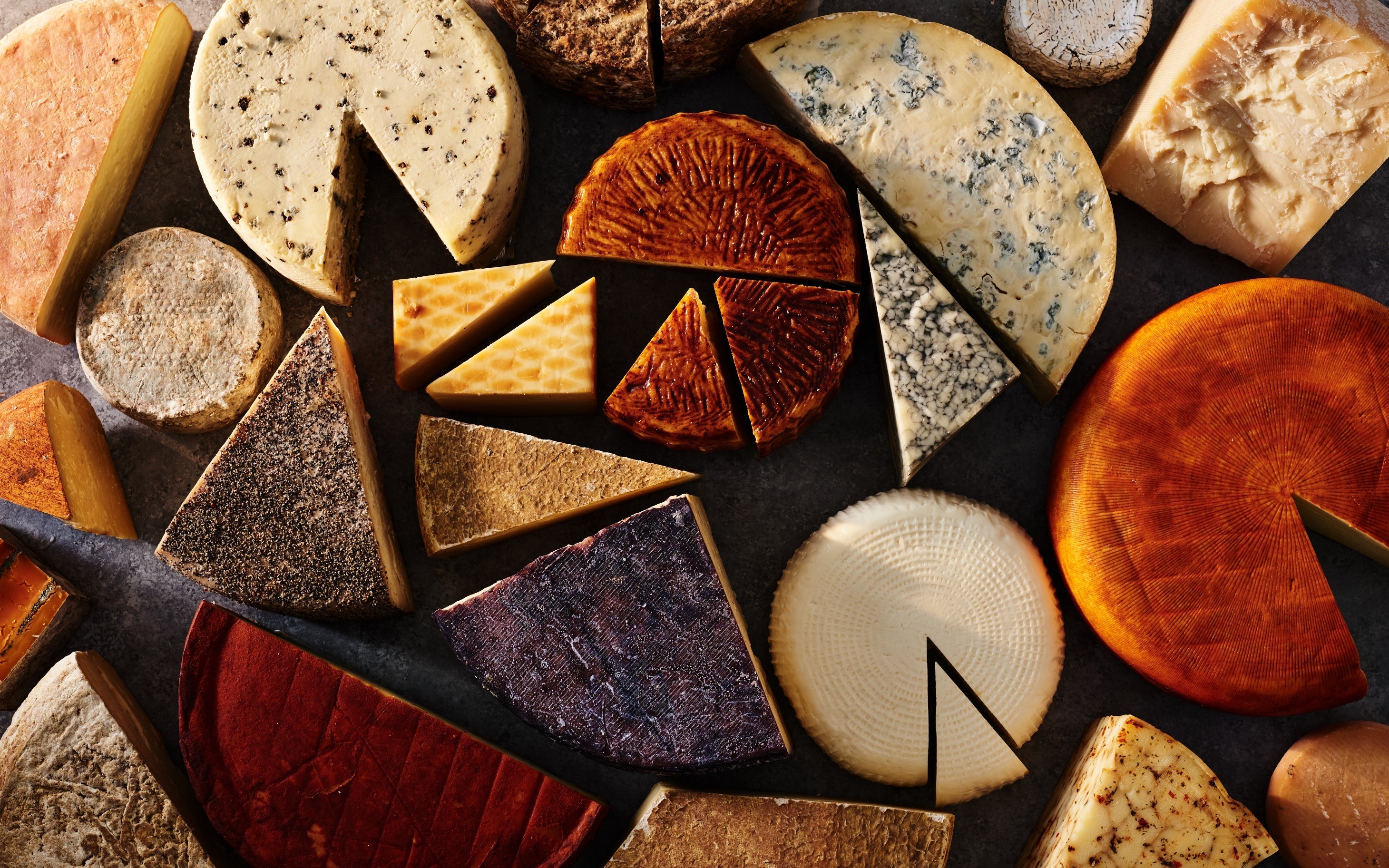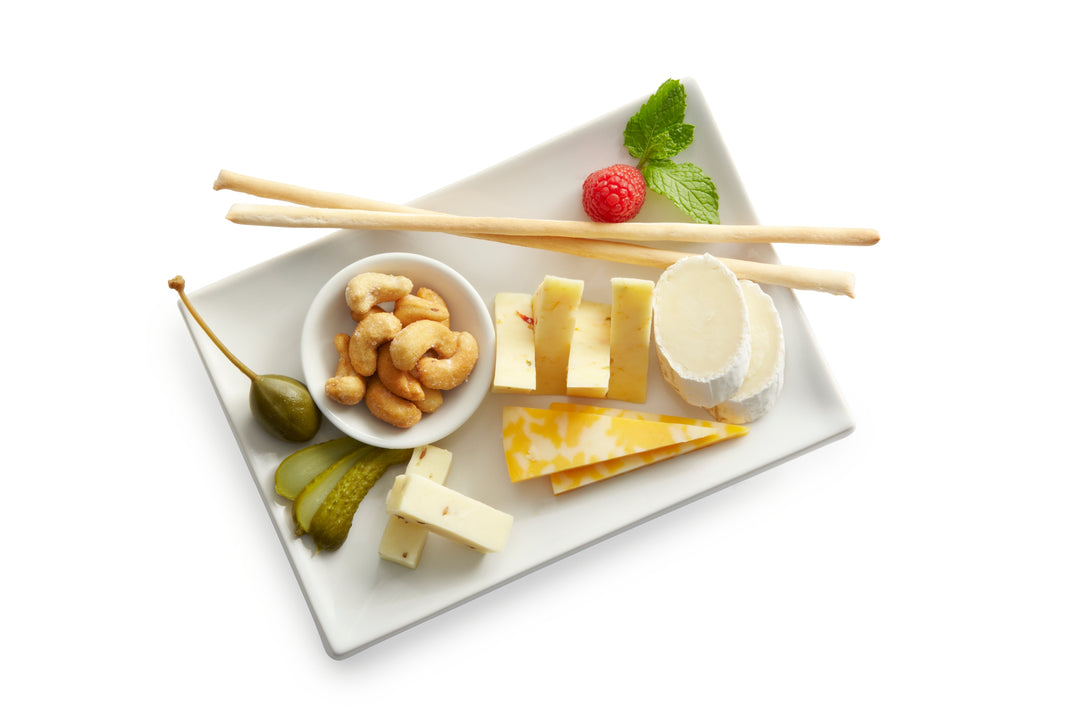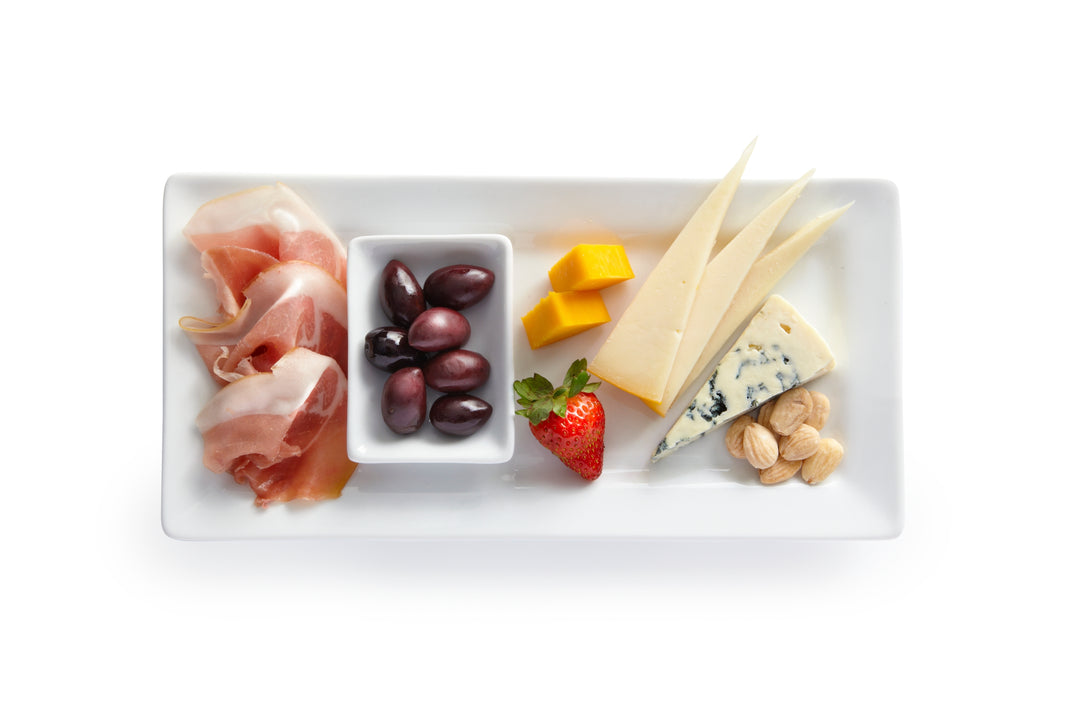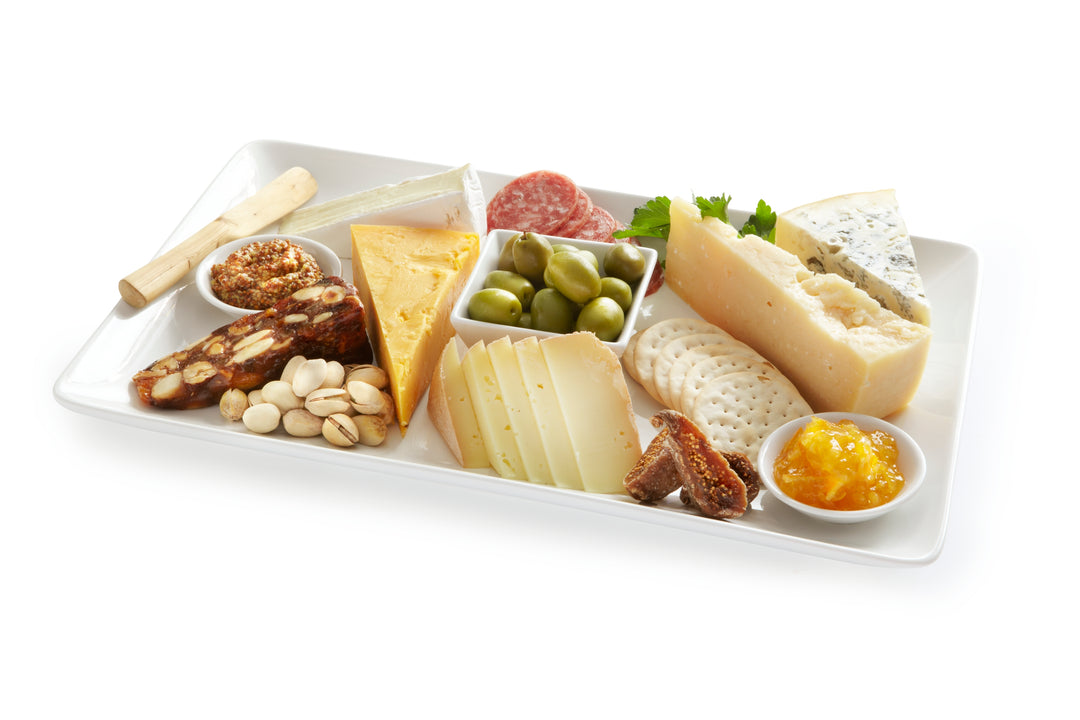Cheese has a way of turning any meal or gathering into something special — rich, creamy, and endlessly versatile. But anyone who’s ever tried to slice a soft brie or an aged cheddar knows that cheese can be surprisingly tricky to handle. The difference between a clean, even slice and a crumbled mess often comes down to one thing: your knife. That’s where Japanese kitchen knives shine. When precision meets creaminess, every cut becomes a small act of craftsmanship — and your cheese board transforms from casual to captivating.
Understanding Cheese Textures and Cutting Challenges
Before you pick up your knife, it helps to understand the cheese itself. Different textures respond in their own ways to pressure and temperature, so the right technique starts with the right expectations:
-
Soft Cheeses (like brie or camembert): Creamy centers can cling to the blade or collapse if the knife isn’t sharp enough.
-
Semi-Soft Cheeses (like gouda or fontina): These require smooth, confident cuts to avoid tearing.
-
Hard Cheeses (like parmesan or aged cheddar): Dense textures need strength and precision to break cleanly without crumbling.
A well-cut slice not only looks beautiful but also preserves flavor and texture. With the right knife, you’re not just cutting cheese — you’re revealing its character.
Why Japanese Knives Excel at Cheese Preparation
Japanese knives are built with a philosophy of balance and precision. Unlike many Western knives, which tend to be thicker and heavier, Japanese blades are forged with harder steel and sharpened to a finer edge. This makes them incredibly effective for delicate ingredients — including cheese.
Here’s what sets them apart:
-
Razor-Sharp Edges: Effortlessly glide through even the softest cheese without crushing or sticking.
-
Slim Blade Profile: Reduces drag, ensuring clean, consistent slices.
-
Superior Balance: Enhances control for both thin and thick cuts.
-
Long-Lasting Sharpness: Harder steel maintains precision over time with minimal maintenance.
In essence, Japanese knives combine beauty and performance — the perfect tools for anyone who values the artistry of food preparation.
Choosing the Right Japanese Knife for Every Cheese
Not all cheeses — or knives — are created equal. The key to mastering cheese prep is matching the right blade to the right texture:
-
Soft Cheese: Try a Petty knife or Nakiri. Their thin, straight-edged design helps you achieve clean, smooth cuts through creamy textures without deformation.
-
Semi-Soft Cheese: A Santoku offers versatility and balance, letting you create even slices for melting or plating.
-
Hard Cheese: For dense, aged varieties, a Gyuto, Deba or even a Japanese cleaver knife delivers the strength and leverage you need for firm, precise cuts.
Pro tip: For ultra-soft or sticky cheeses, dip the blade in warm water or use a cheese wire for the neatest results. Keeping a dedicated knife for cheese can also help preserve both blade sharpness and aroma.
Pro Tips for Perfect Cheese Cutting
Getting the perfect slice is part technique, part timing. Here’s how to make the most of your Japanese knife:
-
Bring cheese to room temperature before cutting for a smoother texture and flavor release.
-
Wipe the blade between slices to reduce sticking.
-
Chill soft cheeses briefly for cleaner edges.
-
Use a stable cutting surface like a wooden or bamboo board to protect your knife and maintain balance.
-
Cut with confidence: Let the weight and sharpness of the blade do the work — no need to press hard.
Once you’ve sliced everything, take a moment to arrange your cheese board with care. Clean, uniform cuts make a huge visual difference and elevate your presentation from casual to curated.
Caring for Your Japanese Knives
To keep your knives performing at their best, proper care is essential:
-
Hand-wash only with mild soap and dry immediately to prevent corrosion.
-
Avoid cutting on glass or marble, which can dull the edge quickly.
-
Hone regularly and sharpen with a whetstone as needed.
-
Store safely, either in a knife block, sheath, or magnetic strip to protect the blade.
A well-maintained knife doesn’t just last longer — it rewards you with the same precision and beauty every time you use it.
Where Precision Elevates Pleasure
When you pair the craftsmanship of Japanese knives with the rich, creamy world of cheese, something magical happens. Every slice becomes smoother, every presentation more elegant, and every bite more enjoyable.











Leave a comment